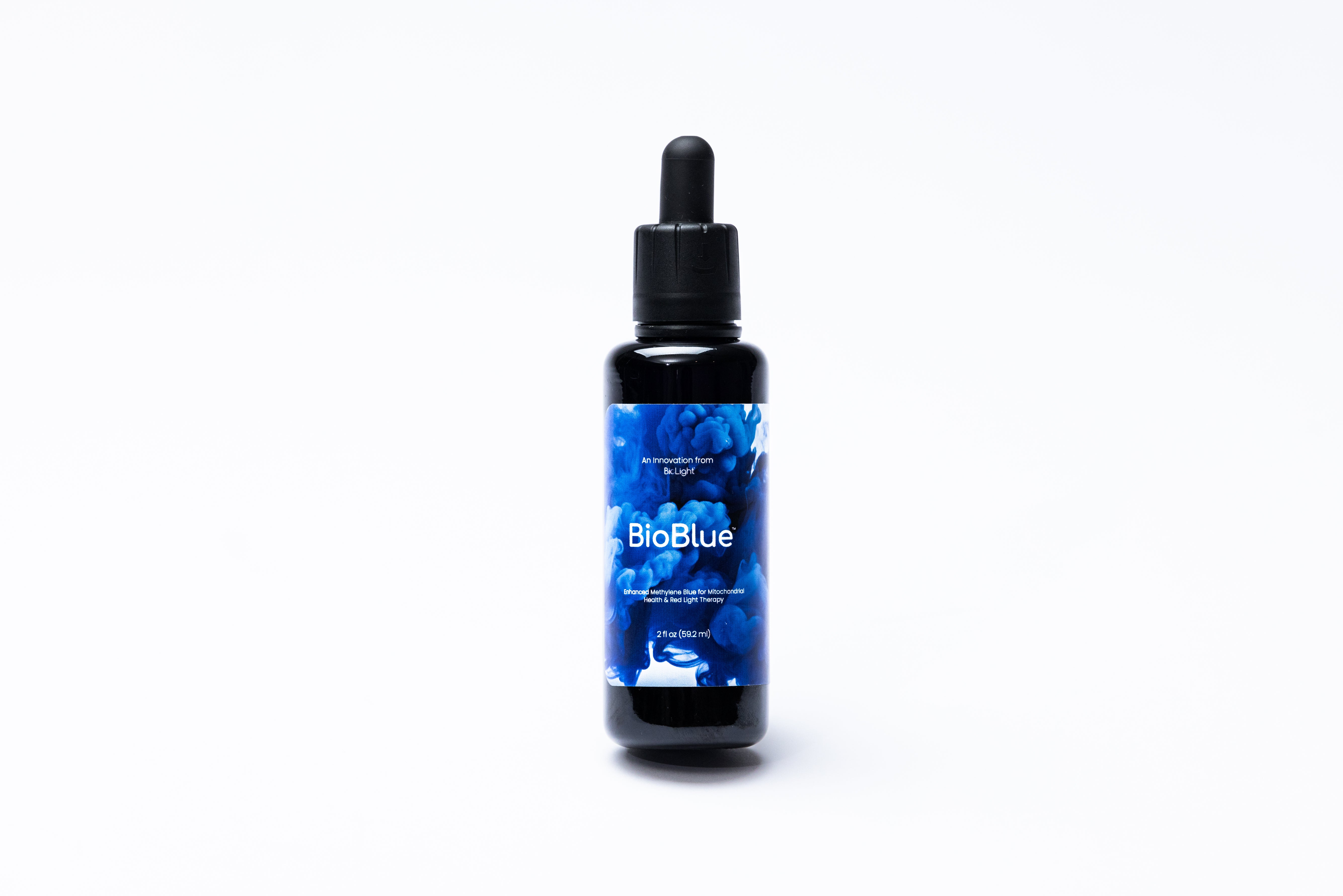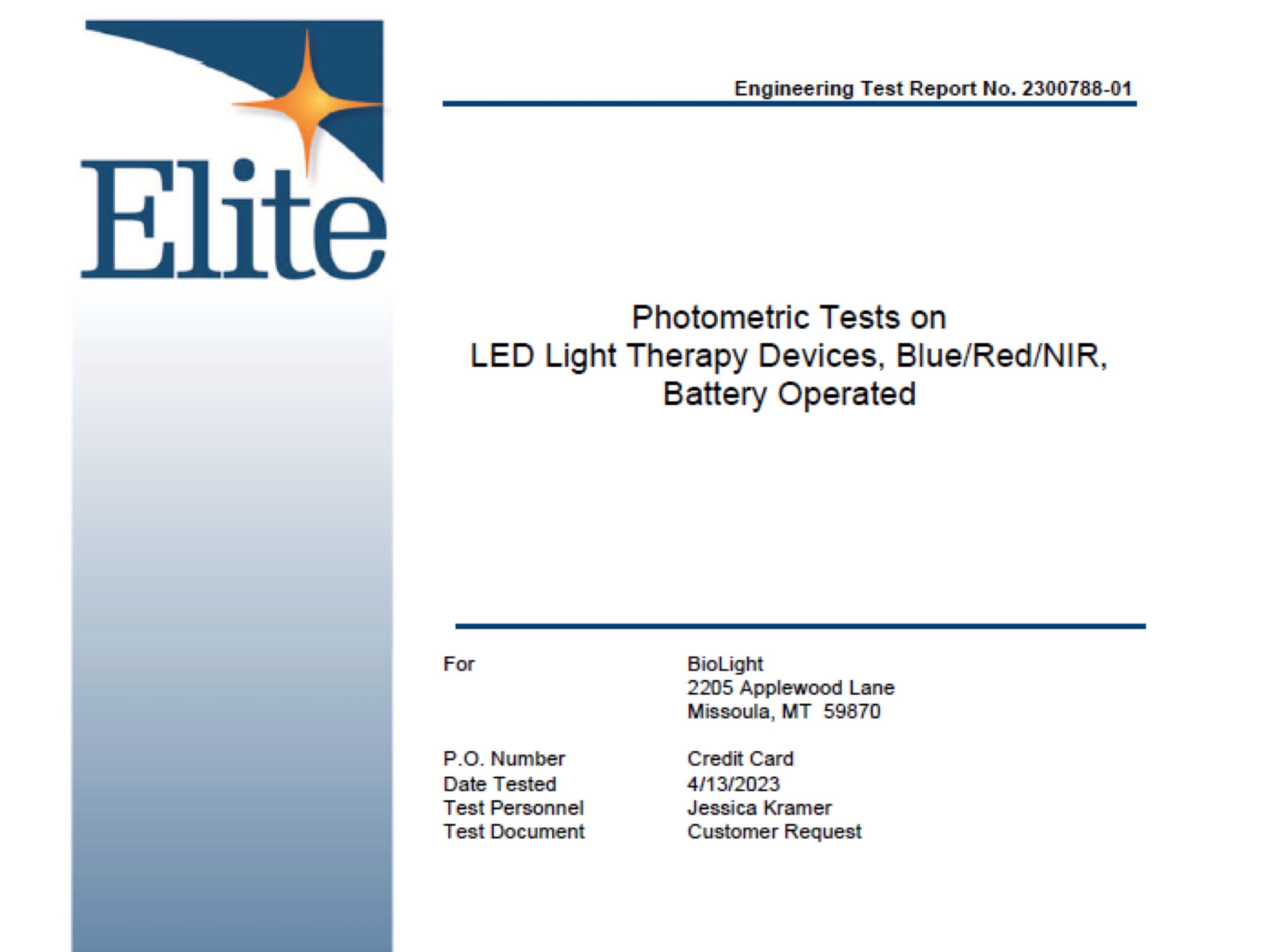What is Carbon 60?
Carbon 60, also known as C60 or fullerene, is a molecule composed of 60 carbon atoms arranged in a hollow sphere or cage-like structure. It is a member of the fullerene family, which includes other carbon allotropes like buckyballs and nanotubes. Carbon 60 was first discovered in 1985 by scientists Robert Curl, Harold Kroto, and Richard Smalley, for which they were awarded the Nobel Prize in Chemistry in 1996.

Carbon 60 has unique physical and chemical properties that make it of interest in various fields, including materials science, nanotechnology, and biomedical research. Some key properties of Carbon 60 include:
-
Hollow Structure: Carbon 60 molecules have a spherical or cage-like structure, resembling a soccer ball. This unique geometry contributes to its stability and allows it to encapsulate other molecules or atoms within its interior.
-
Stability: Carbon 60 molecules are exceptionally stable due to the arrangement of carbon atoms in a closed-cage structure. This stability makes them resistant to chemical reactions and degradation.
-
Electrical Conductivity: Carbon 60 exhibits electrical conductivity, making it useful in applications requiring electrical properties, such as in electronic devices and conductive materials.
-
Antioxidant Properties: Some research suggests that Carbon 60 may possess antioxidant properties, meaning it can neutralize harmful free radicals in the body. This has led to interest in its potential applications in health and medicine.
-
Biocompatibility: Carbon 60 has been studied for its biocompatibility, meaning it is generally well-tolerated by living organisms. This property has spurred research into its potential biomedical applications, such as drug delivery systems and medical imaging agents.
Due to its unique properties, Carbon 60 has been investigated for various potential applications, including drug delivery, biomedical imaging, renewable energy, and materials science.
Check out BioLight's frequency-enhanced C60 product: BioC60
C60's Unique Shape and Structure
The molecular shape of Carbon 60, also known as C60 or fullerene, is distinctive and quite fascinating. C60 belongs to a family of carbon allotropes called fullerenes, which are molecules composed entirely of carbon atoms arranged in various cage-like or spherical structures.
The molecular shape of Carbon 60 is often described as resembling a soccer ball or a truncated icosahedron. It consists of 60 carbon atoms arranged in a series of interconnected pentagons and hexagons, forming a hollow, cage-like structure. Specifically, the C60 molecule consists of 12 pentagonal faces and 20 hexagonal faces, arranged in a symmetrical and highly stable configuration.

This arrangement of pentagonal and hexagonal faces gives Carbon 60 its unique structure and properties. The pentagonal faces act as the vertices of the structure, while the hexagonal faces form the edges and faces of the cage. The carbon atoms within the molecule are bonded together through strong covalent bonds, contributing to its stability.
The hollow, cage-like structure of Carbon 60 allows it to encapsulate other molecules or atoms within its interior, making it useful for various applications in nanotechnology, materials science, and biomedical research. Additionally, the symmetrical arrangement of carbon atoms in C60 gives it remarkable stability and resistance to chemical reactions and degradation.
Overall, the molecular shape of Carbon 60 is a striking example of the diverse and intricate structures that carbon atoms can form, with implications for a wide range of scientific and technological applications.
Check out BioLight's frequency-enhanced C60 product: BioC60
Health Benefits of C60
-
Antioxidant Properties: Carbon 60 is believed to have potent antioxidant properties, meaning it can neutralize harmful free radicals in the body. By scavenging free radicals, C60 may help reduce oxidative stress and protect cells from damage caused by oxidative processes. This antioxidant activity could potentially contribute to overall health and well-being.
-
Anti-Inflammatory Effects: Some research suggests that Carbon 60 may have anti-inflammatory effects, which could help reduce inflammation in the body. Chronic inflammation is linked to various health conditions, including cardiovascular disease, arthritis, and neurodegenerative disorders. By modulating the inflammatory response, C60 may have potential benefits for inflammatory-related conditions.
-
Improved Mitochondrial Function: C60 may contribute to improved mitochondrial function. Mitochondria are the energy-producing organelles in cells, and maintaining their health is crucial for overall cellular function.

-
Neuroprotective Effects: Preliminary studies have indicated that Carbon 60 may have neuroprotective properties, meaning it could help protect nerve cells from damage and degeneration. This has led to interest in its potential applications for neurodegenerative diseases such as Alzheimer's and Parkinson's disease.
-
Enhanced Longevity: Some animal studies have suggested that Carbon 60 supplementation may extend lifespan and improve overall healthspan. These findings have led to speculation about the potential anti-aging effects of C60, although more research is needed to confirm these effects in humans.
-
Enhanced Energy Levels: Users of Carbon 60 supplements have reported increased energy levels and endurance. This boost in vitality is attributed to C60’s influence on cellular function and its potential to enhance mitochondrial efficiency.
-
Improved Cognitive Function: Preliminary research indicates that Carbon 60 may have positive effects on cognitive function. Users have reported enhanced mental clarity, improved focus, and a potential protective role against neurodegenerative disorders.
-
Improved Metabolic Function: There is some evidence to suggest that Carbon 60 may have positive effects on metabolic function, including glucose metabolism and insulin sensitivity. These effects could potentially benefit individuals with metabolic disorders such as diabetes and obesity.
-
Protection Against Radiation: Carbon 60 has been studied for its potential radioprotective effects, meaning it may help protect cells from damage caused by ionizing radiation. This could have implications for individuals exposed to radiation during medical treatments or environmental exposures.

-
Potential Anticancer Effects: Some research has explored the anticancer properties of Carbon 60, including its ability to inhibit tumor growth and induce apoptosis (programmed cell death) in cancer cells. While promising, more research is needed to fully understand the anticancer potential of C60 and its safety and efficacy in cancer treatment.
-
Detoxification and Liver Health: Research hints at Carbon 60’s ability to support detoxification processes within the body. Additionally, it may play a role in promoting liver health by reducing oxidative stress and supporting the organ’s natural functions.
-
Joint Health and Pain Relief: Some studies suggest that Carbon 60 may have anti-arthritic properties, potentially aiding in joint health and providing relief from inflammatory conditions. Users have reported reduced joint pain and improved mobility.
-
Boosted Immune Function: A well-functioning immune system is crucial for overall health. Carbon 60’s antioxidant properties may contribute to immune system balance, helping the body defend against infections and illnesses.
Check out BioLight's frequency-enhanced C60 product: BioC60














